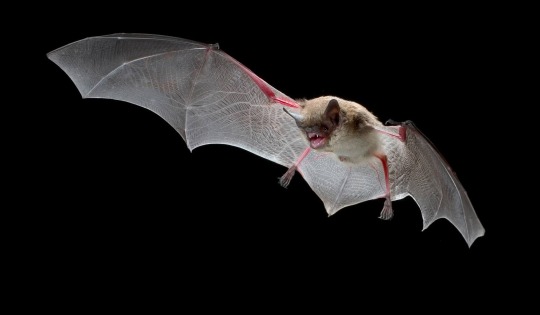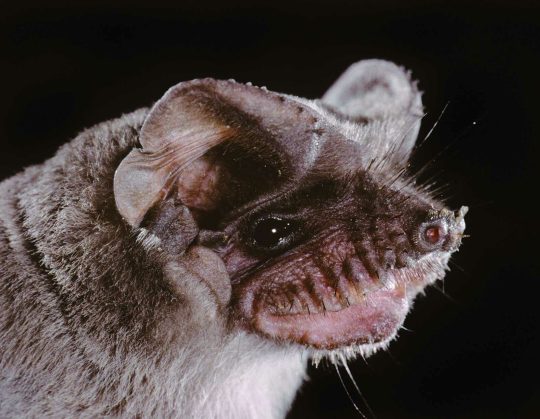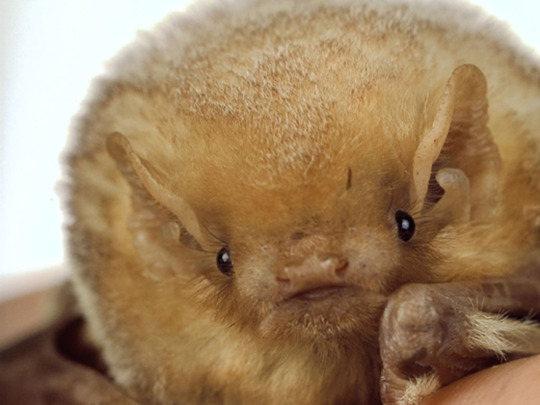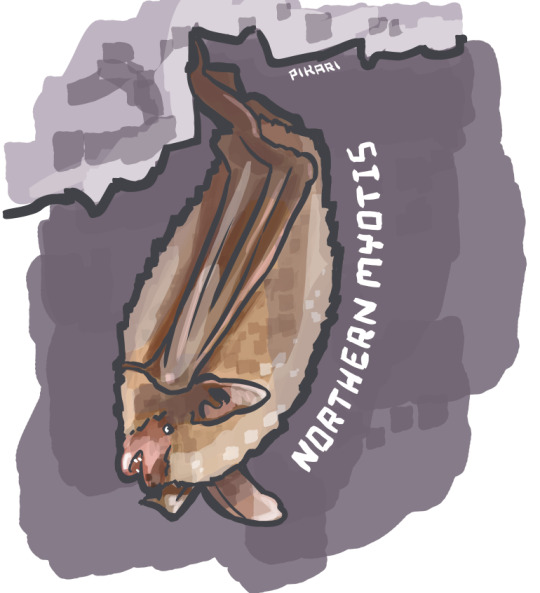#bats of North America
Text
Dropping in

#Spotted bat#bats of North America#Bat of the day#daily bat#bat#bats#batposting#cute bats#cute animals#look at them#I love them#tiny face
130 notes
·
View notes
Text

Bubblegum bat. 🟣🔴🦇🟠(Mixed media on paper)🍬
#bat#bats#bats of south america#bats of north america#fruit bats#bats of europe#cute bats#i love bats#mexican free tailed bat#vampire bat#cotton balls#bubblegum#childrens book illustration#picture book illustration#cute art#fledermaus#murciélago#murcielago#white nose syndrome#bat cave#flying fox#flying foxes#pop art#naive art#outsider art#collage art#collage artist#collage artwork#kids room decorations#kids room decor
6 notes
·
View notes
Text


Forgot to upload these!
I'm reading several books I bought recently (all at the same time like a lunatic), so I pretty quickly ran out of bookmarks. I was actually pretty miffed and started looking online or trying to think of places I could buy more on my way to work.
Y'know. Completley and utterly forgetting that I draw for a living.
Eventually my synapses fired properly and I grabbed some spare cotton paper. Not super clean and pretty muddy, but they're only supposed to be my own personal bookmarks!
Eastern Red Bat on top
Evening Bat on the bottom
5 notes
·
View notes
Text

Little Brown Bat (Myotis lucifugus), family Vespertilionidae, found in much of the United States and Canada
ENDANGERED.
photograph by Michael Durham
Bat Conservation International
231 notes
·
View notes
Text

Tiny enough for your pocket :D
Gray Bat (Myotis grisescens)
Southeastern USA
Status: Vulnerable
Threats: pesticides, human disturbance
---
No really, they're so tiny.
133 notes
·
View notes
Photo

The lesser long-nosed bat, a crucial pollinator for desert ecosystems, is one of only three bat species in North America that feed on nectar.
PHOTOGRAPH BY TOM VEZO, MINDEN PICTURES
#tom vezo#photographer#minden pictures#lesser long-nosed bat#bat#animal#mammal#wildlife#north america#nectar#nature#desert ecosystems#national geographic
202 notes
·
View notes
Text



Fly Free with the Mexican Free-tailed Bat
Also known as the Brazilian free-tailed bat, guano bat, or Tadarida brasiliensis, this member of the order Chiroptera is one of the most widely-distributed New World bat species. They are common throughout the southern United States, Central America, and western South America. In many parts of the southern United States, the species is migratory and moves to Central America for the winter. They roost primarily in caves, but can also build nests in buildings; because of this, they can be found in a range of habitats including tropical and deciduous forests, mountains, deserts, and urban areas.
Like most bats, the Mexican free-tailed bat is nocturnal, emerging at sunset to hunt. They are primarily insectivores, and will travel great over 31 km (50 mi) to find food. In fact, this species holds the record for both the highest recorded flight altitude-- at 3.3 km (2 mi) high-- and the fastest flight speed-- an astounding 160 kph (99.4 mph)! That makes the Brazilian free-tailed bat the fastest mammal on Earth, although they can only achieve those top speeds in short bursts and with a good tail wind. Moving that fast can be useful, not only for covering great distances or catching insects, but for avoiding predators like raptors and owls. Young bats that can't fly may also be susceptible to opossums, skunks, and snakes.
The roosts of T. brasiliensis can be quite large; many contain several thousand individuals, while some have been recorded as housing more than a million. For this reason, communication is very important. Mexican free-tailed bats use echolocation to navigate and, for mothers, to locate their young. This species has over 15 distinct calls just for socialization. In addition, they can use their vocalizations to 'jam' the echolocation of other rival species and steal their prey.
Mating for the Brazilian free-tailed bat occurs once a year in the spring. Females gather in large maternity groups, while males mark out a territory by urinating and emitting loud vocalizations. Once a pair mates, the two separate- often to seek out another partner. Gestation lasts 11-12 weeks, and once females give birth they leave their offspring in a group of pups known as a creche, that is cared for communally. The pups take 4-7 weeks to be weaned, and after they learn to fly they join the larger roost as independent adults. However, females take up to 9 months to become sexually mature, while males may take as long as 2 years. In the wild, an individual may live as long as 8 years.
Size-wise, T. brasiliensis is on the smaller side of the bat group. Most individuals are around 9 cm (3.5 in) in length and weigh around 7–12 g (0.25–0.42 oz), with a wingspan of 28 cm (11 in). Females tend to be slightly heavier, but not larger otherwise. The tail of the Mexican free-tailed bat accounts for nearly half its total body length, and is unconnected by the thin membrane that makes up its wings (the uropatagium)-- hence the name 'free-tailed'. The ears are large and rounded, to assist with echolocation, and the muzzle is heavily wrinkled to give them a wider gape when catching bugs in mid-air. The Brazilian free-tailed bat's fur is dark brown or gray, with no distinguishing features save the long, white bristles around their feet.
Conservation status: The IUCN has classified the Mexican free-tailed bat as Near Threatened. However, populations are declining due to habitat destruction and susceptibility to a fungus known as white nose syndrome. Governments in the southern United States and Mexico, as well as private NGOs like Bat Conservation International, have established laws and conservation areas to protect the species.
If you like what I do, consider leaving a tip or buying me a kofi!
Photos
Michael Durham
Merlin D. Tuttle
Carlos Russi
#mexican free-tailed bat#Chiroptera#Molossidae#free-tailed bats#bats#mammals#generalist mammals#tropical forest mammals#deciduous forest mammals#wetland mammals#desert mammals#north america#southern north america#central america#south america#western south america
118 notes
·
View notes
Photo


Lesser Long-nose Bat (Leptonycteris yerbabuena)
With tongues as long as their bodies, these pollinators are able to sip on the nectar of cacti and agave flowers.
These desert nectar-feeding bats are true heroes in maintaining fragile desert ecosystems in the southwestern United States and Mexico. They are the primary night pollinators of both the organ pipe and saguaro cactus. In turn, growing up to 50 feet in height, the cacti provide important nesting and perching sites for a variety of birds, such as red-tailed hawks, elf owls, Gila woodpeckers, and gilded flickers.
The National Park Service promotes bat conservation through research, educational projects, and working with multiple private, non-profit, and federal and state agency partners.
Next time you see beautiful saguaro blooms or fruit this summer, make sure to thank a bat!
NPS Photos
via: Saguaro National Park (Arizona)
115 notes
·
View notes
Text
Bats have been seen wandering by day far over the Atlantic Ocean; and two North American species either regularly or occasionally visit Bermuda, at the distance of 600 miles from the mainland.
"On the Origin of Species by Means of Natural Selection, or the Preservation of Favoured Races in the Struggle for Life" - Charles Darwin
#book quote#the origin of species#charles darwin#nonfiction#bats#atlantic ocean#north america#bermuda#overseas#travel
15 notes
·
View notes
Photo

Marion Manola as “Bats and Rats.” Issued by W. Duke, Sons & Co. Lithography by Knapp & Company, 1889
#bats#rats#Marion Manola#1889#1880s#19th century#trading cards#actresses#costumes#prints#lithograph#color lithograph#American#north america#people#animals#gilded age#reconstruction era
31 notes
·
View notes
Text

Bat Fashion:
Frosted tips
image credit: Merlin Tuttle
#hoary bat#batposting#that's actually why theyre called hoary it refers to how their fur looks frosted!#guy fieri would be proud#arent they beautiful??? I love them! So glad they're found all over North America and into Mexico#microbats#bat fashion#go watch the ologies episodes with him they're awesome!
2 notes
·
View notes
Text
little Fluffy Baby

#Eastern Red Bat#Bats of North America#bat of the day#daily bat#bat#bats#batposting#cute bats#cute animals#Look at them!#I love them so much
424 notes
·
View notes
Text

Sumi-e kiwi bats. 🥝🦇
#fledermaus#murcielago#bat#bats#bats of south america#bats of north america#cute bats#flying fox#mexican free tailed bat#white nose syndrome#bat cave#vampire#fruit bat#mammals#watercolor painting#watercolor art#watercolor and ink#sumie art#sumiepainting#sumieart#wildlife illustration#childrens book illustration#Chinese brush painting#Japanese brush painting#austin texas#cute art#pop art#watercolors#watercolour sketch#watercolor
4 notes
·
View notes
Text

Congress Bridge Bats, Austin, Texas, USA
Mitchell Kmetz
0 notes
Text

Lesser Long-nosed Bats (Leptonycteris yerbabuenae) feeding at a hummingbird feeder, family Phyllostomidae, SE Arizona, USA
photograph by Richard Spitzer
208 notes
·
View notes
Text

Northern Myotis (Myotis septentrionalis) AKA Northern Long-Eared Bat
East & Midwest USA and Canada
Status: Near Threatened
Threats: Disease, Pesticides, Human disturbance
#blood-sucking? only if you're a beetle :3#bat art#bats#artists on tumblr#animal art#digital art#daily art challenge#daily animal#mammal#bat#usa#canada#north america
23 notes
·
View notes